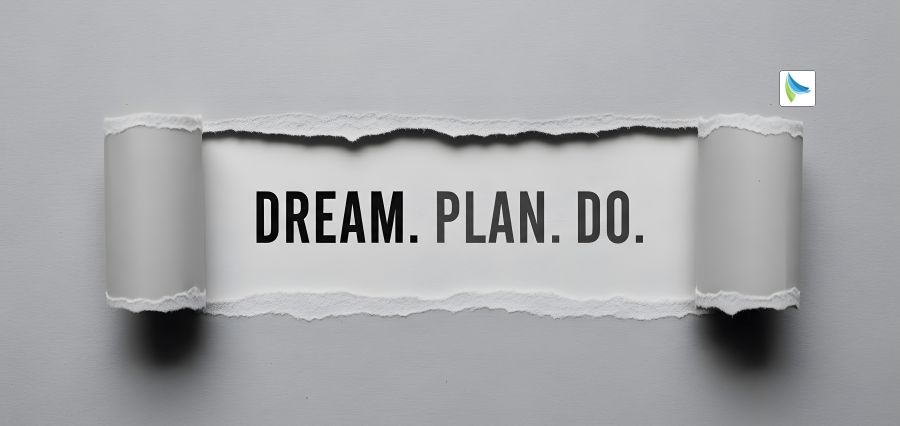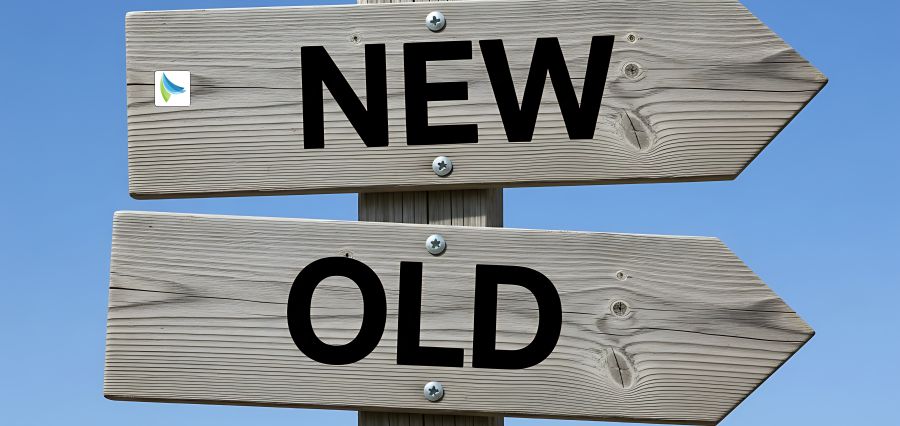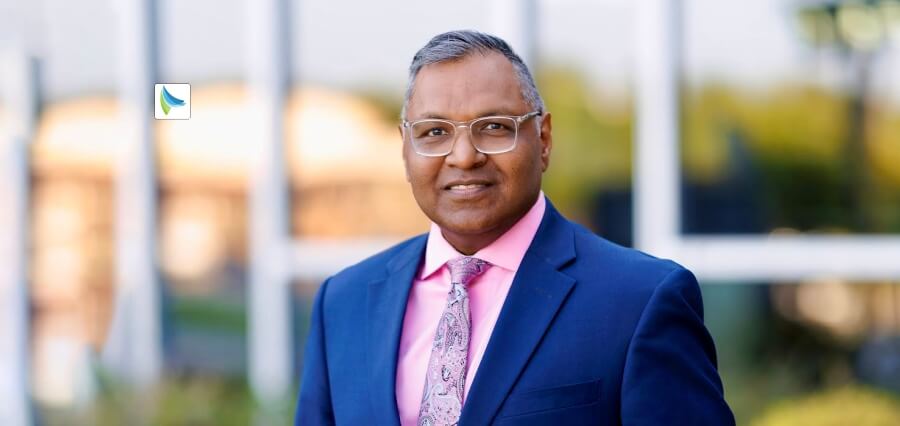Decisive or Adaptive?
Leadership is typically framed as a dichotomy: decisiveness or adaptability. Decisive leaders are told to be firm, strong-willed, and make big decisions quickly. Adaptive leaders are rewarded for being adaptive, receptive, and for shifting gears amidst shifting dynamics. But in the uncertain business climate of today, the best leaders know that neither is better, but both.
The Power of Decisiveness
Decisiveness is having the ability to make sound, timely decisions, particularly in situations of pressure. Decisiveness builds confidence in teams, provides clear direction, and initiates action. Pressure decisiveness can prevent gridlock, clarity in conditions of uncertainty, and seize opportunities before other individuals act.
But decision-making alone will not be acted on. Dogmatically committed or dogmatic leaders will most likely refrain from embracing new information or from doing the right thing in the face of shifting situations. Adaptability must be involved, or decisiveness will become a curse and not a blessing.
The Role of Adaptability
Flexibility and responsiveness are thus more the domain of adaptability. Leaders of adaptability are open to ambiguity, visionaries, and able to pivot according to new information or unexpected events. Adaptability is called for in an era marked by the relentless drumbeat of technology change, erratic markets, and changing expectations of the workforce.
Adaptive leaders believe in learning culture, being open to perspectives, and think failures are innovation opportunities. They are not reactive by chance but deliberately reactive, using knowledge and wise-mindedness to guide incremental choices.
The Strength-Flexibility Tension
The secret is striking balance between decisiveness clarity and openness flexibility. Decisiveness condensed out creativity and responsiveness to an extreme, yet too much flexibility leads to indecision and no direction. Situational leaders able to strike this balance develop a “both/and” thinking within themselves, realizing that strength and flexibility are complementary rather than contradictory.
Good leaders also understand that the best blend of decisiveness and flexibility varies with the situation. At times of crisis—e.g., surprise economic shocks, operational failure, or assaults on reputation—the situation calls for decisiveness. The teams require to be guided to be transparent, to make decisions in a changing situation very quickly, and to be resolute in unscripted moments.
Flexibility, however, supports long-term strategic initiatives, innovation initiatives, and organisational change. In these instances, the leaders have to listen carefully, respond several times to feedback, and change as conditions change.
Situational judgment enables leaders to adjust their style to suit a situation by moving between decisiveness when there has to be a sense of urgency and flexibility where learning and discovery are essential.
Developing a Culture That Encourages but Also Punishes
Good leadership is not a personal characteristic. Organisations thrive when decisiveness and adaptiveness are embedded in culture. Clear decision-making habits and accompanying accountability systems assist with taking decisive action. Experimentation culture, feedback, and psychological safety, on the other hand, assist with adaptive thinking.
Leaders possessing this dual capability set the tone for teams, demonstrating that confidence and flexibility are achievable. Over time, this develops resilience, creativity, and sustainable performance across the organization.
Establishing Personal Leadership Agility
Developing strength and flexibility needs to be established through intentional effort. Leaders can create this agility by:
- Reflecting on previous decisions: Thoughts when they were either too rigid or too conservative in trying to think about how they may have been able to do it differently.
- Multiple Sources of Genesis: Meeting with stakeholders who think differently in order to make more balanced decisions.
- Making small iterations: Attempting small experiments to figure out how to make a course adjustment without abandoning strategic direction.
- Emotional Intelligence Coordination: Level-headedness under stress and an ear for constructive criticism helps to determine as well as adaptive capability.
Through sustained practice, leaders develop the ability to switch over effortlessly between deciding and adapting as situations require.
The Strategic Advantage
Executive leaders who excel at wedded decisiveness and agility have a strategic advantage in a speed-tracked environment of change. They get results through timely, well-thought-out decisions and are resilient and adaptable in the face of uncertainty. Two-way capability enables organizations to adapt to disruption, constantly innovate, and stay competitively fit over time.
Conclusion
Decisive or adaptive is a dichotomous either/or. The greatest leadership is where strength and flexibility meet. By the union of clarity and responsiveness, confidence and openness, action and reflection, leaders build resilient and responsive organizations.
During moments of uncertainty and uncertainty, this balance is not to be desired—it must be realized. Boldness tempered with flexibility is the legacy of leaders who can handle uncertainty, take the day in hand, and achieve ultimate victory.
Read Als0: Crafting Narratives Beyond the Stage












